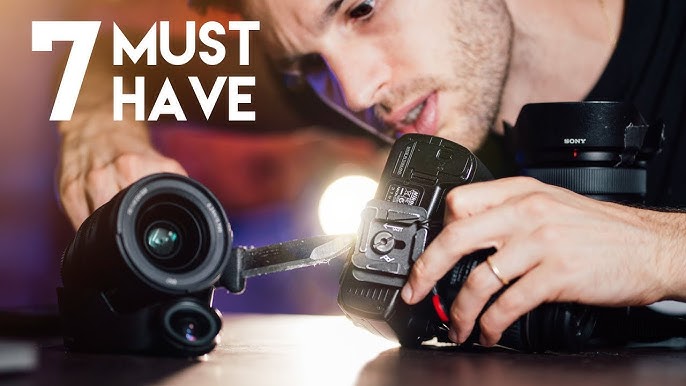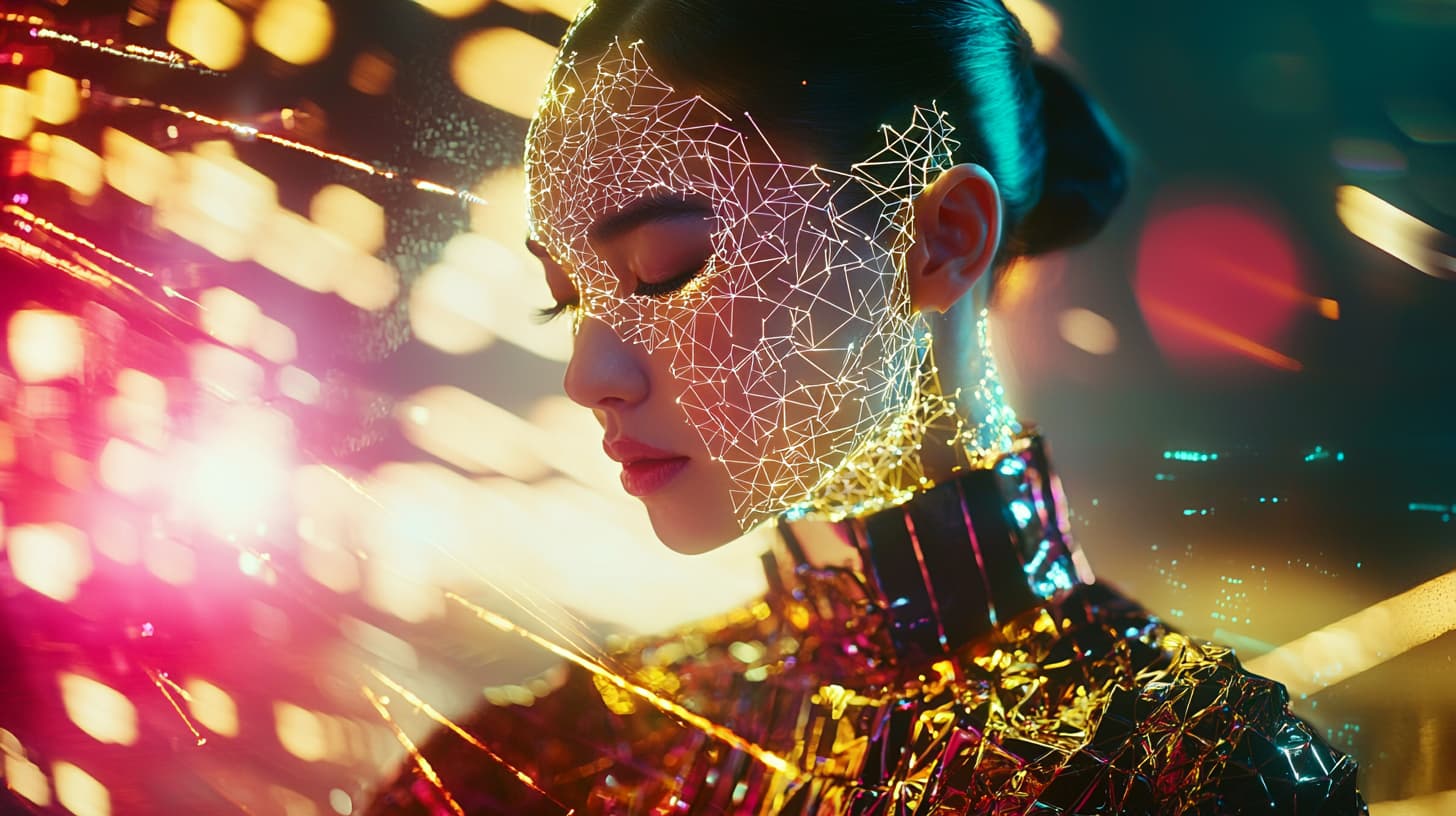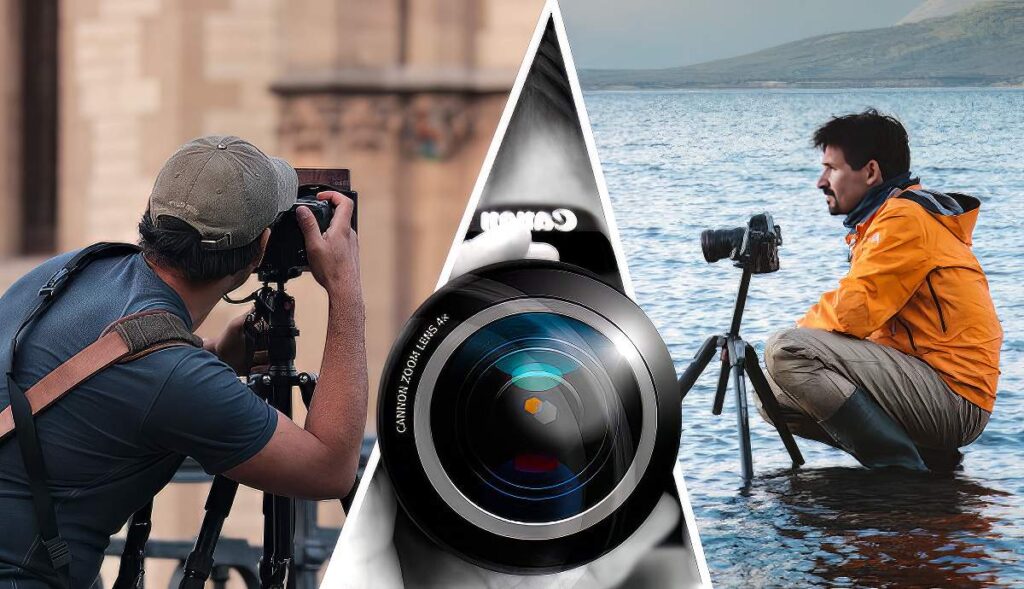Mastering the Lens: Unveiling Photography Techniques and Emerging Trends

24-11-2024, 12:59 Admin 1 102 0
Photography stands as one of the most dynamic forms of art, continually transforming with the evolution of technology. As we delve into the labyrinth of this astonishing medium, it becomes crucial to comprehend its techniques and burgeoning trends. This article explores the nexus of technology, efficiency, and artistry as photographers ready their stance to create yet another lasting image.
Capturing the "Decisive Moment" with Computational Photography
Before digital photography took center stage, capturing an image required photographers to consider various factors including exposure, composition, and the elusive “decisive moment.” While preserving the perfect moment remains paramount, technology has transformed photography into more than just timing and composition. Enter computational photography—a trend revolutionizing the process of image-making.
The genius of computational photography is its ability to amalgamate numerous images, each with different focus points, exposures, and ISO levels to create a 'perfect' photo. A great example is the Google Pixel phone, which employs computational photography to produce superior quality low-light images. This technological breakthrough channels efficiency into photography, letting creatives focus on their artistic aspirations rather than wrestle with complex adjustments.
Artificial Intelligence (AI): Shaping New Dimensions
Technological advancements have revamped photography norms with artificial intelligence (AI) playing a leading role. AI aids in optimizing lighting, refining image details, and even enhancing composition based on substantial databases of well-composed photos. Examples of this edge-cutting technology can be seen in editing platforms like Luminar 4, which employs AI for sky replacement, skin enhancement, and object removal.
In essence, AI is serving as a tool of creative empowerment, allowing photographers to work more efficiently by alleviating the burden of time-consuming post-production tasks.
Traditional Composition Meets 360-degree Photography
360-degree photography has presented photographers with a new realm—an immersive, all-encompassing view. Unlike conventional photos, 360-degree images offer viewers the ability to navigate the scene interactively.
Virtual tours have been a notable application for such innovation, with industries such as real estate, hospitality, and tourism benefiting enormously from this technology. Furthermore, camera manufacturers like Ricoh and Insta360 have released consumer-friendly 360 cameras that are easy to use, fostering the trend's growth and adoption.
Photography Moves Skyward: The Drone Revolution
Drones have dramatically transformed photography, presenting a fresh perspective for photographers to explore. From documenting breathtaking landscapes to capturing high-intensity action footage, drone photography unlocks new creative horizons. DJI, for instance, has provided robust and easy-to-master drones perfect for aerial photography.
Nevertheless, while these emerging trends change how images are captured, the importance of mastering the fundamentals—composition, lighting, and storytelling—still hold significance. Photography remains a balance of technology and artistry, with technology serving as a tool for photographers to communicate their vision more effectively.
To conclude, each wave of technology brings in novel photography techniques, expanding the artist's creative boundaries. It's an exciting time for photographers as these concepts revolutionize the field in unexpected, innovative ways. As we continue to adapt to these transformations, it's safe to say that the future of photography is teeming with limitless possibilities.
Capturing the "Decisive Moment" with Computational Photography
Before digital photography took center stage, capturing an image required photographers to consider various factors including exposure, composition, and the elusive “decisive moment.” While preserving the perfect moment remains paramount, technology has transformed photography into more than just timing and composition. Enter computational photography—a trend revolutionizing the process of image-making.
The genius of computational photography is its ability to amalgamate numerous images, each with different focus points, exposures, and ISO levels to create a 'perfect' photo. A great example is the Google Pixel phone, which employs computational photography to produce superior quality low-light images. This technological breakthrough channels efficiency into photography, letting creatives focus on their artistic aspirations rather than wrestle with complex adjustments.
Artificial Intelligence (AI): Shaping New Dimensions
Technological advancements have revamped photography norms with artificial intelligence (AI) playing a leading role. AI aids in optimizing lighting, refining image details, and even enhancing composition based on substantial databases of well-composed photos. Examples of this edge-cutting technology can be seen in editing platforms like Luminar 4, which employs AI for sky replacement, skin enhancement, and object removal.
In essence, AI is serving as a tool of creative empowerment, allowing photographers to work more efficiently by alleviating the burden of time-consuming post-production tasks.
Traditional Composition Meets 360-degree Photography
360-degree photography has presented photographers with a new realm—an immersive, all-encompassing view. Unlike conventional photos, 360-degree images offer viewers the ability to navigate the scene interactively.
Virtual tours have been a notable application for such innovation, with industries such as real estate, hospitality, and tourism benefiting enormously from this technology. Furthermore, camera manufacturers like Ricoh and Insta360 have released consumer-friendly 360 cameras that are easy to use, fostering the trend's growth and adoption.
Photography Moves Skyward: The Drone Revolution
Drones have dramatically transformed photography, presenting a fresh perspective for photographers to explore. From documenting breathtaking landscapes to capturing high-intensity action footage, drone photography unlocks new creative horizons. DJI, for instance, has provided robust and easy-to-master drones perfect for aerial photography.
Nevertheless, while these emerging trends change how images are captured, the importance of mastering the fundamentals—composition, lighting, and storytelling—still hold significance. Photography remains a balance of technology and artistry, with technology serving as a tool for photographers to communicate their vision more effectively.
To conclude, each wave of technology brings in novel photography techniques, expanding the artist's creative boundaries. It's an exciting time for photographers as these concepts revolutionize the field in unexpected, innovative ways. As we continue to adapt to these transformations, it's safe to say that the future of photography is teeming with limitless possibilities.
Related News
Leave a Comment


